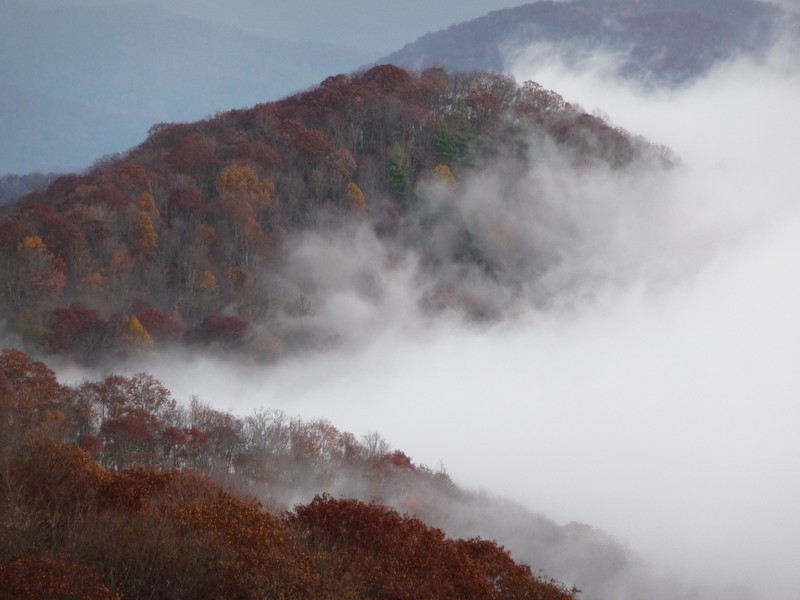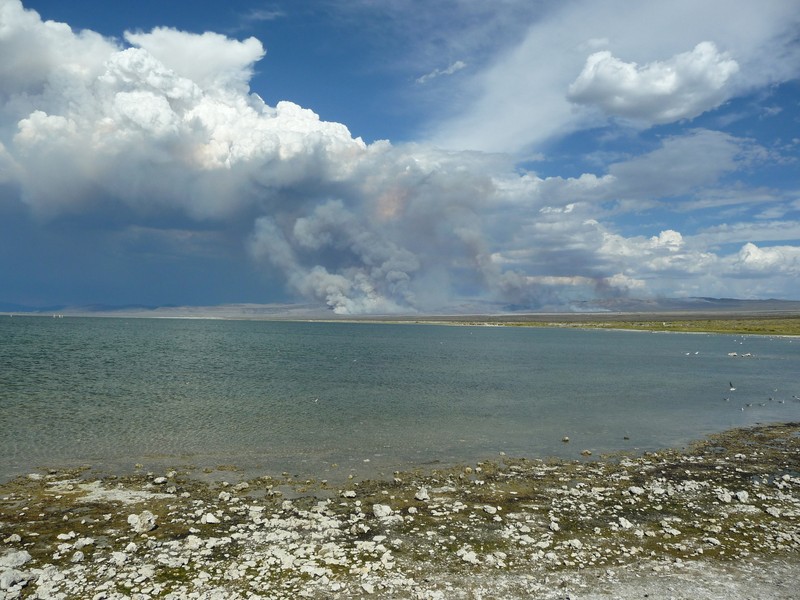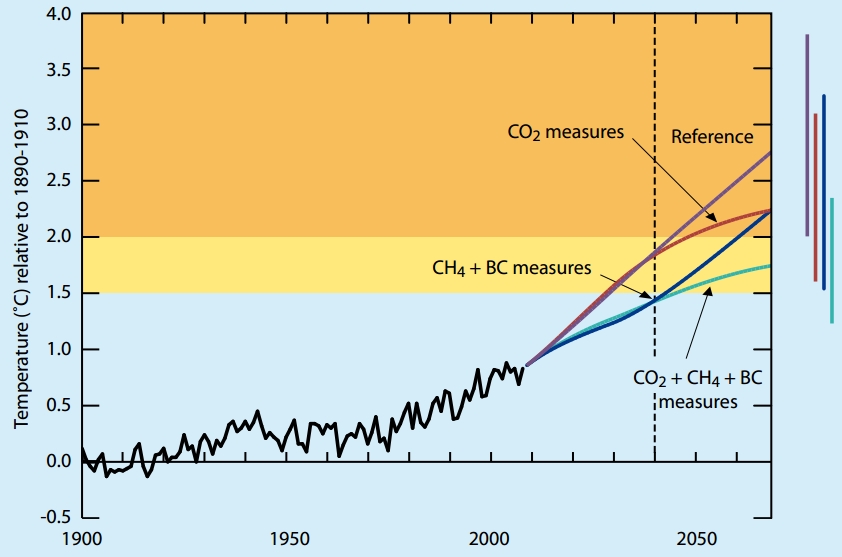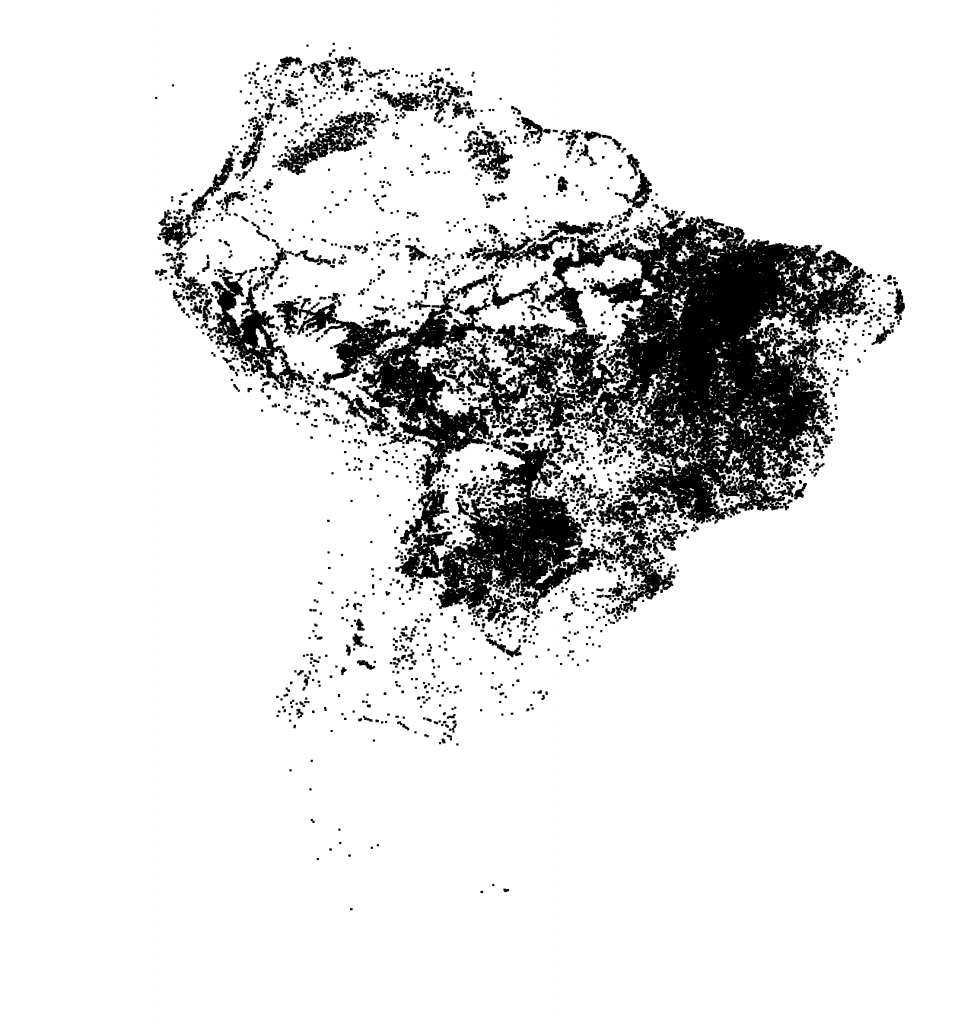My third day at the AGU 2013 Fall Meeting involved lots of talks on one of the trickiest parts of aerosol science – secondary organic aerosol (SOA). We’ve known for several years now that SOA is ubiquitous across the globe and it is often the most dominant aerosol chemical species in many environments and this is particularly true in the industrialised regions of the Northern Hemisphere. The trouble, we’re not sure where it comes from and how it forms…
SOA represents the carbon-containing fraction of atmospheric aerosol that forms as a consequence of chemical processes in the atmosphere. Instead of being directly emitted in particle form e.g. from a car exhaust, they form from gases known as volatile organic compounds (VOCs) which can be emitted by both ourselves via burning fossil fuels or from natural sources such as trees. This latter glass of “biogenic” compounds is what gives pine trees and others their distinctive smell.

Morning fog in the Great Smoky Mountains. See also the haze in the background in the top left. Image from EGU Imaggeo image repository and is provided by Oliver Prat.
An area where there are large emissions of these biogenic compounds is the South-East of the USA and they are responsible for the ‘smokiness’ of the Great Smoky Mountains, which are pictured above. The SE USA is also interesting as parts of it have not warmed like other parts of the USA due to global warming – in fact, some areas have actually shown a cooling trend. One theory is that aerosols formed from the biogenic compounds are involved.
Many of the talks on SOA this week have been based on measurements from an array of projects that took place in the SE USA in 2013. Some of the main themes/conclusions include:
- SOA from biogenic emissions of a VOC called isoprene are an important component. Isoprene is the most abundant biogenic VOC worldwide (aside from methane), so it potentially represents a large source of SOA.
- Several of the measurements showed a strong link between isoprene SOA and sulphate aerosol, which is typically from human sources such as power plants. This is consistent with the work of Jason Surratt’s group and others. This is particularly important as it demonstrates how emissions from human activities can interact with biogenic emissions to form pollution, which was postulated to be important by Allen Goldstein in 2009. Yet another example of our impact on the atmosphere.
- Condensed water is a significant part of aerosols in the SE USA, which is important for the impact of aerosol on climate. However, the evidence for it being a major driver of SOA formation, as suggested by Annmarie Carlton was limited. Further studies are required klaxon!
- ISOPOOH is an important oxidation product of isoprene that forms when Tigger and Winnie have an argument and potentially leads to SOA formation.
New toys
Overall, the talks on SOA from these measurement studies were a fantastic demonstration of many of the new techniques to characterise SOA. These new techniques will certainly improve our understanding of SOA formation, particularly in areas where large volumes of our own emissions interact with the biogenic emissions.




